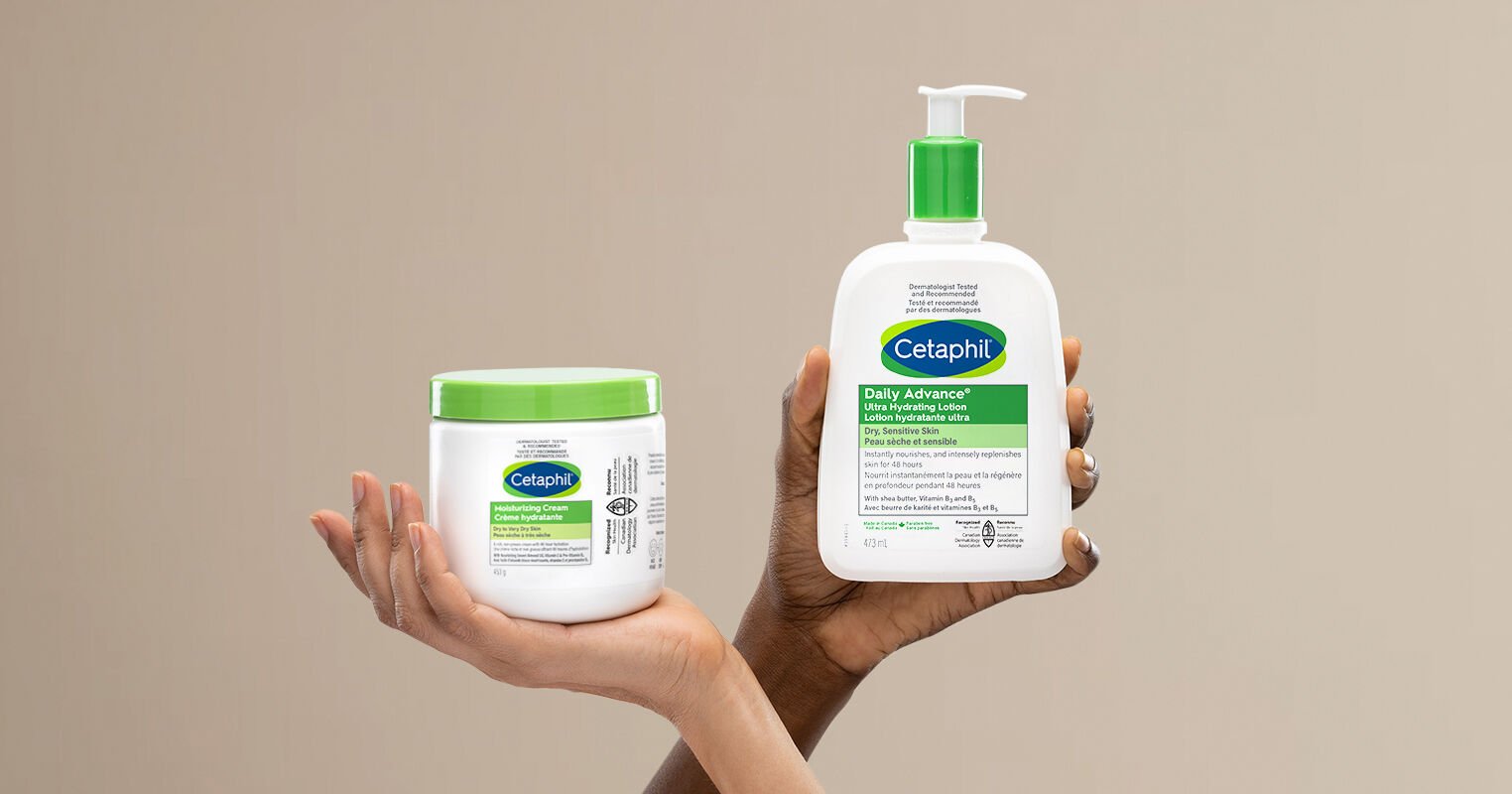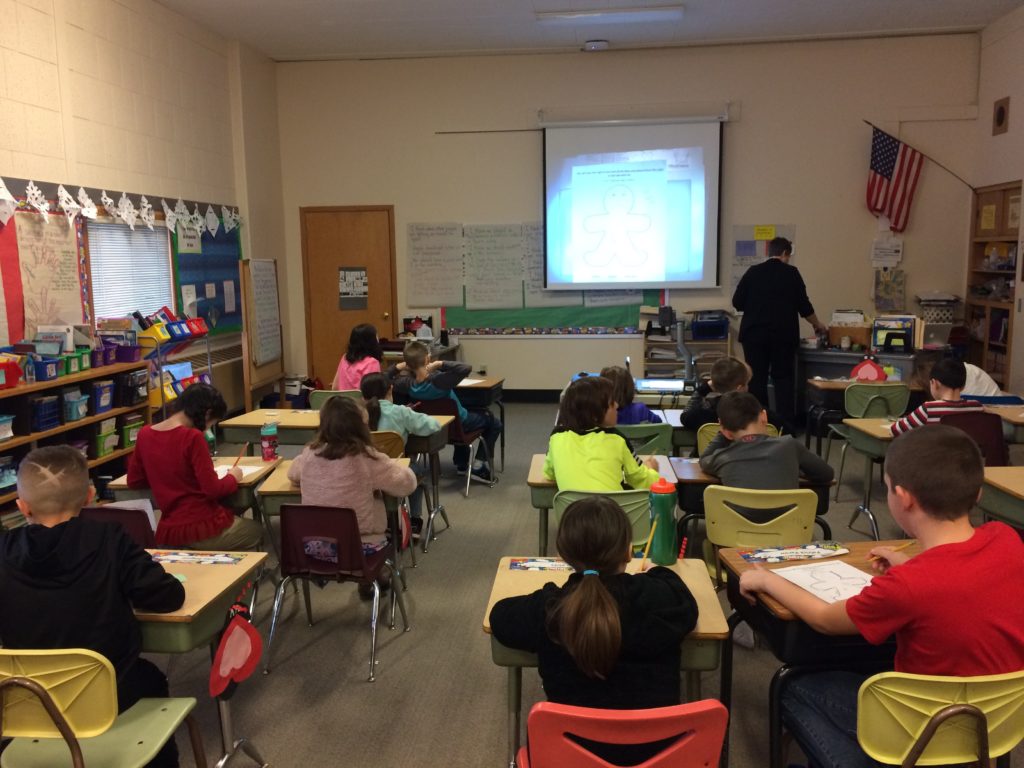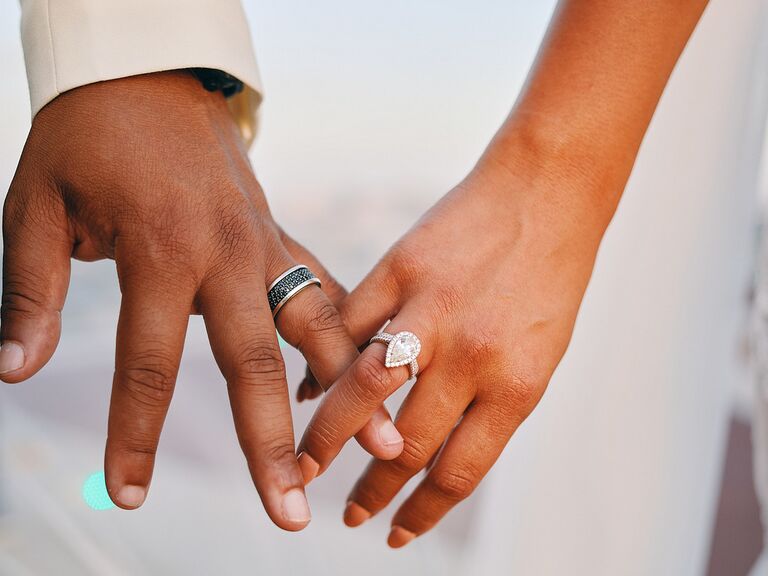Halima Aden is considered one of the top models of the world. She was one of the first models to truly break the glass ceiling for Muslim models and Muslim representation in the fashion industry. Aden was also one of the first models to wear a hijab on the runway, which was considered revolutionary.
She recently sent shockwaves through the media sphere when she said that she would be taking a step back from modeling and the fashion industry because she felt she was forced to compromise her religious beliefs for too long.
Aden pointed to instances where she was forced to miss prayers and wear garments in place of her traditional hijab that didn’t align with her religious beliefs. With Muslim women as a fast-growing segment of United States and European populations, civil rights groups including the ACLU have called for Muslim women to have the right to wear head coverings.
Aden often found herself in situations where people treated any head covering as appropriate for her religious beliefs.
Campaigners are now calling for the fashion industry to represent the diversity of Muslim women, and to treat the Muslim women working within it with respect.
Rafiqah Akhdar, a Muslim model and makeup artist, told The Daily Beast, “The fashion industry doesn’t really handle Muslim representation at all. What you even do see in terms of representation is so low and so little. Even when you do see it’s a token hijabi girl, and a lot of Muslim representation is always a certain look. It’s a white-passing Muslim woman.”
“The industry doesn’t give us any representation, and even when they do it’s not a wide array,” Akhdar added. “There are how many Muslim women in the world? Islam is the fastest-growing religion in the world. Representation should be moving faster than this. It’s not like Muslim women aren’t here and aren’t fashionable, but we are always treated like an afterthought.”
“The larger fashion industry as a whole profits from the violence of Muslim women. I don’t view representation as something that is objectively always good.”
— Hoda Katebi
Hoda Katebi, an activist fashion blogger, author and photographer of “Tehran Streetstyle,” told The Daily Beast that the way the fashion industry handles representation, particularly when it comes to Muslim women, is “inherently meaningless.”
“If we are just selling magazine covers of people wearing the hijab, what is the value of that?” Katebi said. “The larger fashion industry as a whole profits from the violence of Muslim women. I don’t view representation as something that is objectively always good. It needs to be qualified. The conversation around representation is more complicated than people who are Muslim taking up space.”
Katebi’s activism as a fashion blogger has extended to labor rights activism for garment factory workers, many of whom are in Muslim heavy countries, like Indonesia, where they suffer poor working conditions that are considered human rights violations.
Katebi says that for true equality of Muslim representation to take place, there needs to be garment worker representation and those voices need to stop being erased. (Human rights organizations have called for the end of forced labor of Muslim minority groups in apparel supply chains in countries like China.)
Katebi says there is also a lack of regard for other people’s cultures and customs within the fashion industry.
“I remember one time when I was getting styled for a photoshoot, they said ‘By the way, we want you to wear your scarf for the shoot,’ like that was even optional. I was going to wear it,” Katebi said. “You don’t get to decide if was going to wear it or not. Even the ways in which styling happened, I specifically requested that I didn’t want men to undress me, I didn’t want men in the changing room with me. They consistently ignored these requests throughout the entire process.
“So many Muslim women have experienced these issues behind the scenes, and they often aren’t articulated because the bar set for the treatment of Muslim women is just so low. Even when Muslim models make it to the cover of magazines and fashion campaigns, the process just was not the same for them, and is often painful.”
The fashion industry has made some incremental changes in terms of representation over the past several years. In 2016, CoverGirl named Nura Afia its first ever hijab-wearing model as part of a panel of brand ambassadors. Nike now sells a lightweight hijab for Muslim consumers and had an entire campaign dedicated to female athletes in the Middle East. Still, many Muslim women feel the industry overall is still failing in terms of representation.
Saniyyah Bilal, a Muslim model and wardrobe stylist, says that the industry has heavily misrepresented Muslim women and has failed particularly when it comes to Black Muslim representation. The majority of Muslim women often represented are often just Arab Muslims, leaving little room for Black Muslim women to take up space. Bilal has faced issues as a model and seen how things are often misrepresented and mis-styled as a stylist.
“One of the big challenges I’ve seen with Muslim representation is just not seeing any Black Muslim women represented at all,” Bilal said. “Even looking at TV, when you see Muslim characters in television shows, they are usually Arab Muslims, and you’ll also see white actors and actresses in hijabs, and the styling of the hijab won’t even be proper, and the clothing won’t be representative of who we are.”
Bilal has been in situations where she’s done background modeling and they have tried to dress her in all black and completely cover her face, because that’s often a stylist’s perception of how all Muslim women who wear hijabs dress.
“I’ve come to shoots where no one has known how to style a hijab or what modesty is and have asked Muslim models to wear short sleeves or wear hijabs in incorrect ways,” Bilal said. “It makes us feel like outcasts for being modest Muslim women. The production team also not offering any halal meat options or kosher meat options for Muslim talent is also a problem Muslim women in the fashion industry face. We don’t feel we are being fully understood and accepted.”
Bilal recalls a particular instance where she was walking a show for New York Fashion Week, and she was modeling a bolero jacket.
The designer in question wanted to show off the neckline of the bolero jacket, so she wanted Bilal to tie her scarf as tight as possible to the back so it would be almost unnoticeable she had a scarf on. The neckline was open and not in line with Bilal’s views on modest fashion. After voicing her concerns, the designer shot down everything Bilal said. Before Bilal went on to walk, she straight pinned the neckline of the jacket to be in line with her modest fashion views, and it ended up not being an issue. She said she learned how to advocate for herself in that moment.
“Muslim women are already skeptical of outsiders and the mainstream coming into our spaces. It’s a problem we’ve had since 9/11.”
— Melanie Elturk
Melanie Elturk, the CEO of Haute Hijab, a prominent hijab and modest fashion company, sees herself as a member of the Muslim community with a fashion company rather than a fashion industry insider. Elturk says that Muslim representation in the fashion industry has been lackluster at best and that brands generally need to be more thoughtful in how they market toward Muslim women.
“Muslim women are already skeptical of outsiders and the mainstream coming into our spaces. It’s a problem we’ve had since 9/11,” Elturk said. “I’m also an attorney, and I’ve worked on various civil rights cases for years and years, and I’ve seen how Muslim women have been the victims of entrapment even prior to 9/11. Mainstream brands don’t understand that. There has to be a high level of care and intention when catering to this customer.”
Elturk also says that Muslim women are very skilled at sensing inauthenticity in campaigns and marketing and can smell a money grab instantly. This will deter them from buying. However, when Muslim consumers do feel that brands have really put in the effort and represented them properly, Muslim consumers will open their wallets to shop.
Elturk was inspired to start Haute Hijab because she remembers when she was in law school and she saw young Muslim women rarely wearing hijabs. Elturk realized that was because there were so few Muslim women wearing them in public life to look up to.
“Young Muslim women like myself had our immigrant moms who were in the house, and bless our mothers, but we had higher hopes for ourselves,” Elturk said. “I wanted to empower other Muslim women to see other women wearing hijabs being successful out there in the world, I could spark some change in that whole narrative. Women don’t have to abandon wearing their hijabs.”
“If I can find Muslim models and influencers sitting around scrolling on Instagram, so can these multi-billion-dollar companies, it’s not difficult.”
— Rafiqah Akhdar
Change is inevitable, with market forces helping drive it. According to the Pew Research Center, Islam will grow faster than any major world religion over the next four years, with the global Muslim population expected to reach 2.76 billion by 2050. Thirty-four percent of the Muslim population is aged below 15, and brands will want to cater to these young, up-and-coming consumers who will be a large part of the future of fashion and shopping.
Elturk says in order for the fashion industry to better represent Muslim women there needs to be more Muslim women in key decision-making roles. Muslim women need to stop being treated like a box for brands to tick off in terms of diversity efforts, Elturk adds.
As advocates for Muslim representation in the fashion industry have worked to bring these issues to light, companies like Modest Visions in the U.K., have formed to connect brands with millennial Muslim models and influencers for partnerships.
“If I can find Muslim models and influencers sitting around scrolling on Instagram, so can these multi-billion-dollar companies, it’s not difficult,” Rafiqah Akhdar said. “Brands act like they can’t find a specific person to fit their aesthetic or fit their looks, but with all the billions of diverse people in the world, I will never believe you can’t find more than one person to show diverse representation that doesn’t fit your aesthetic. They just want to stay stuck in their old ways.”





More Stories
5 Mistakes to Avoid When Buying Kids’ Clothes Online
Buying Designer Indian Clothes Online for an Indian Bride
Swap Second Hand Clothing and Accessories and Revitalize Your Wardrobe